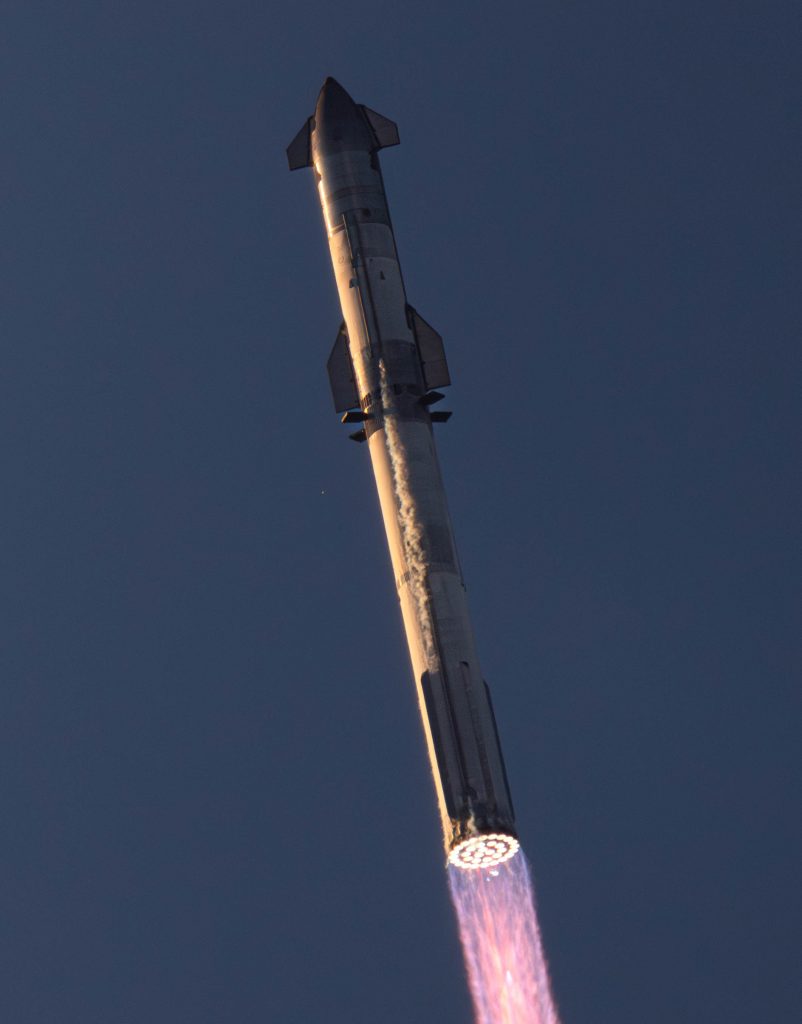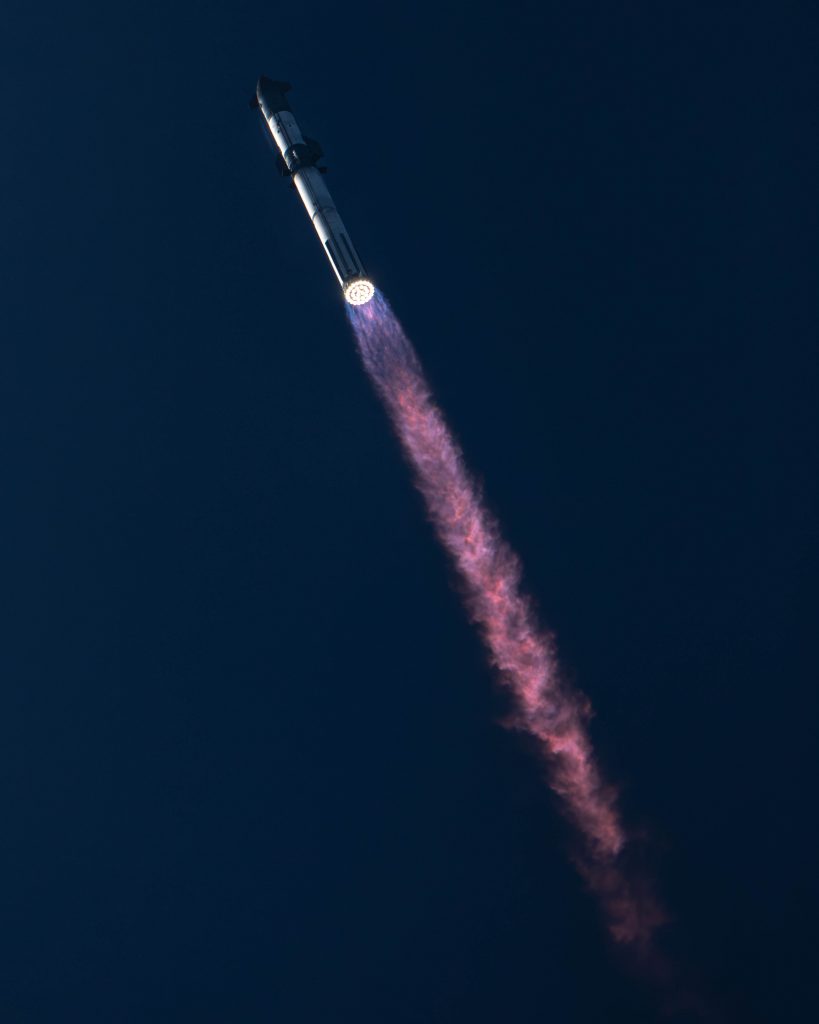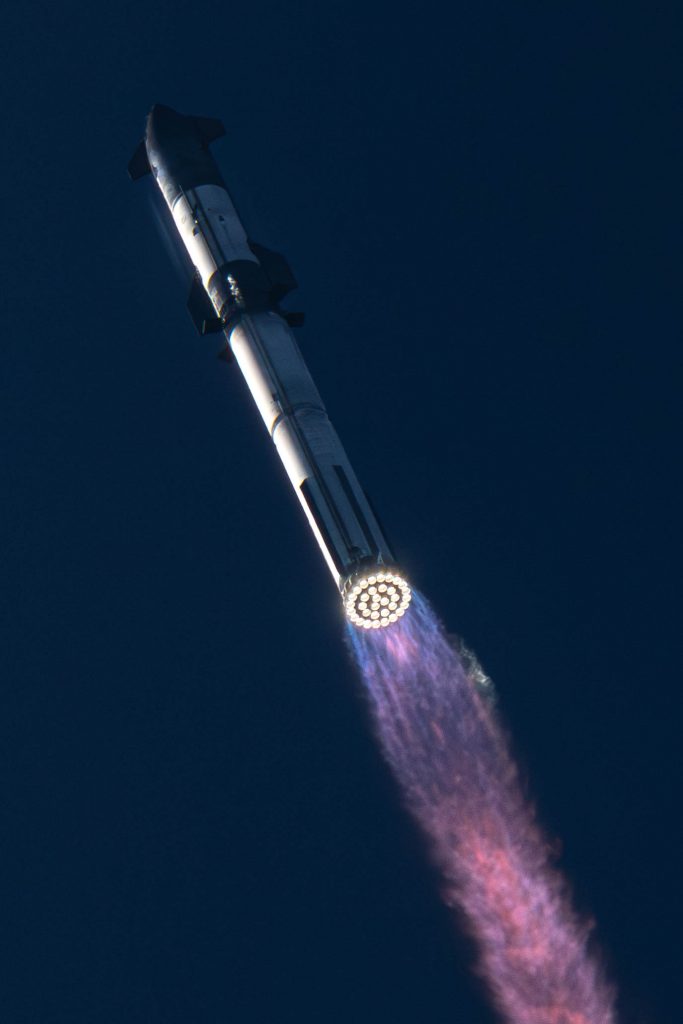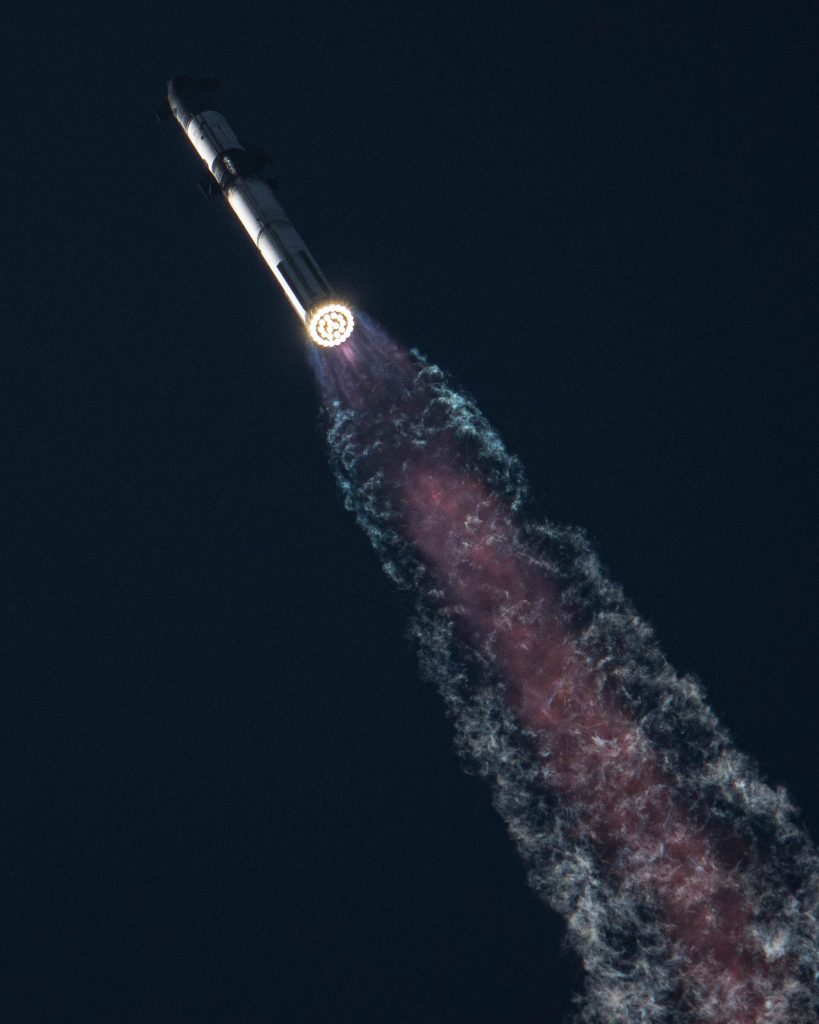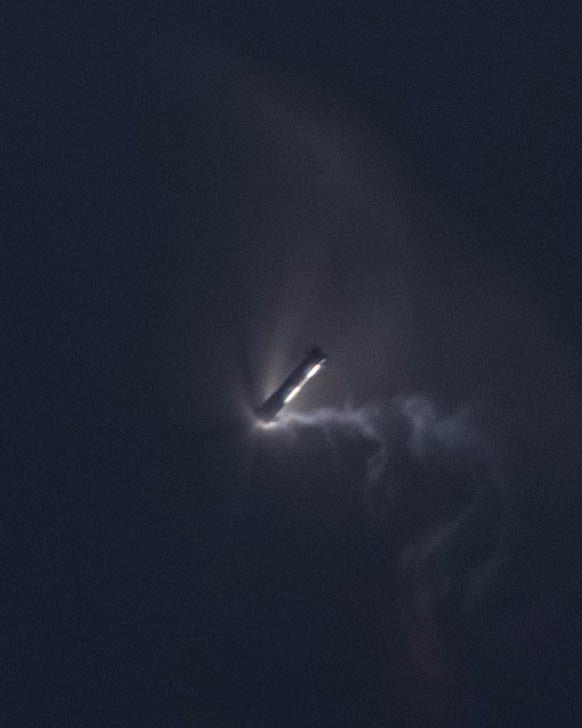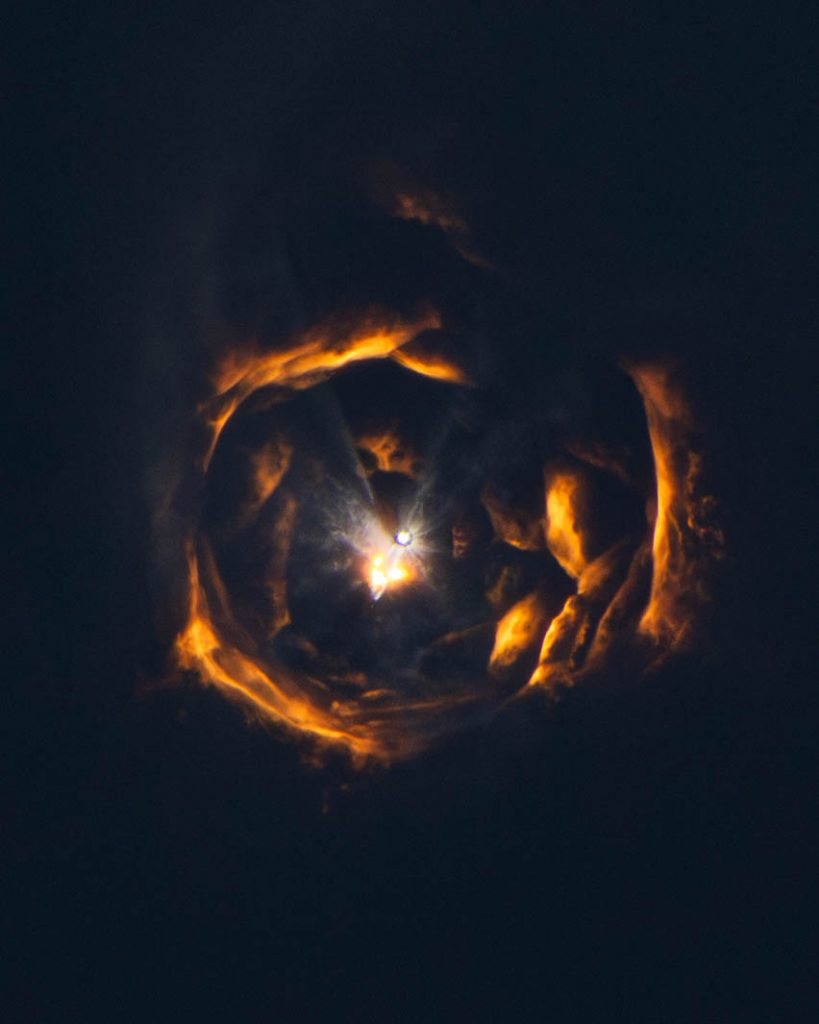Customer Stories
Photographing the Largest Rocket Ever Flown
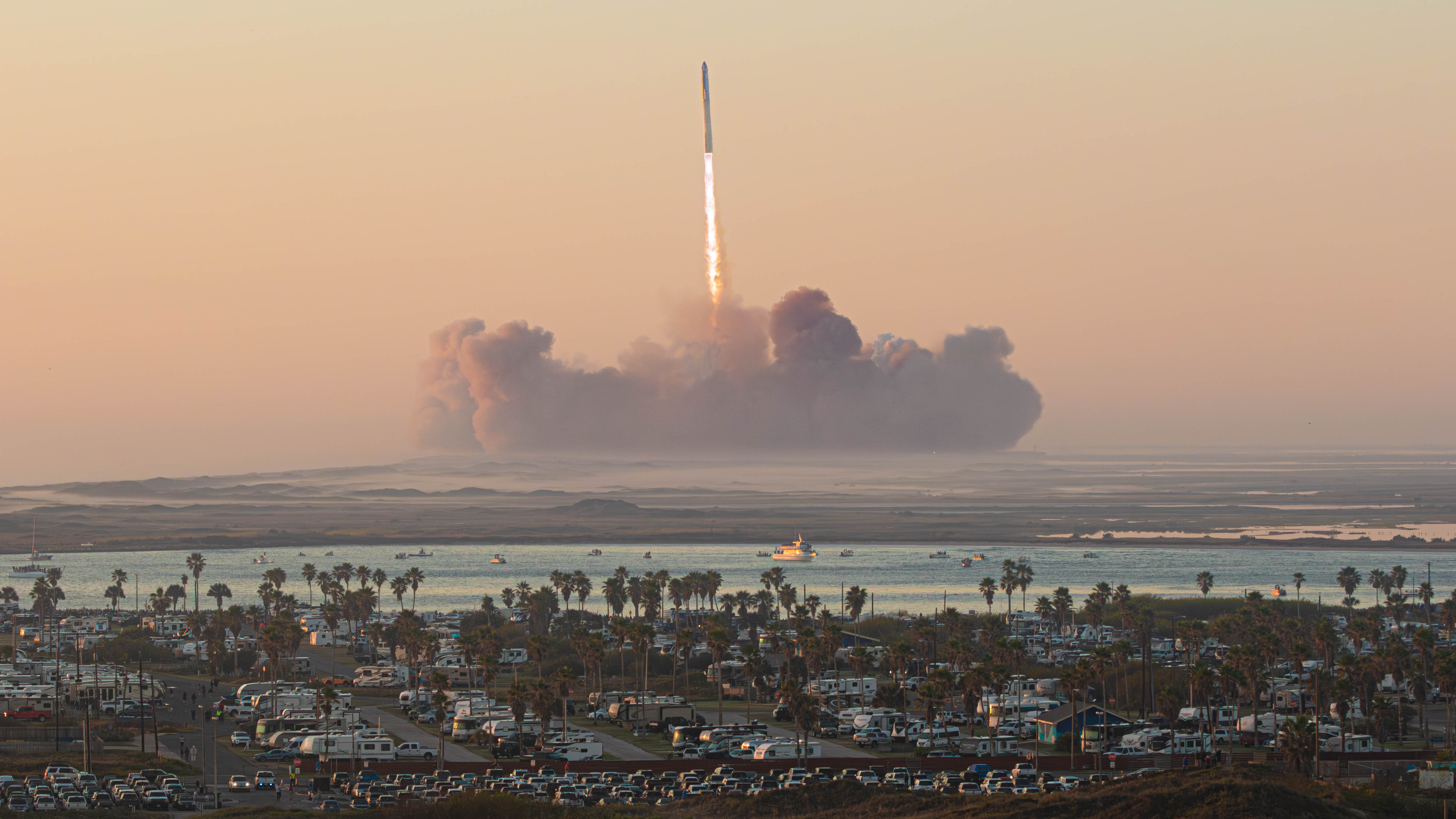
SpaceX, the trailblazing aerospace company founded by Elon Musk, continues to redefine the possibilities of space travel with its ambitious Starship program. The recently completed second integrated flight test of Starship Super Heavy marked a crucial milestone in the journey towards the company’s goal of interplanetary exploration and Mars colonization. Amidst the excitement and anticipation, photography served as a vital tool for documenting this historic event, offering enthusiasts and professionals alike a glimpse into the future of space travel. With the help of Lensrentals.com, I was fortunate enough to be one of those present to document the flight with some of the best glass on the market.
Starship’s Flight Overview
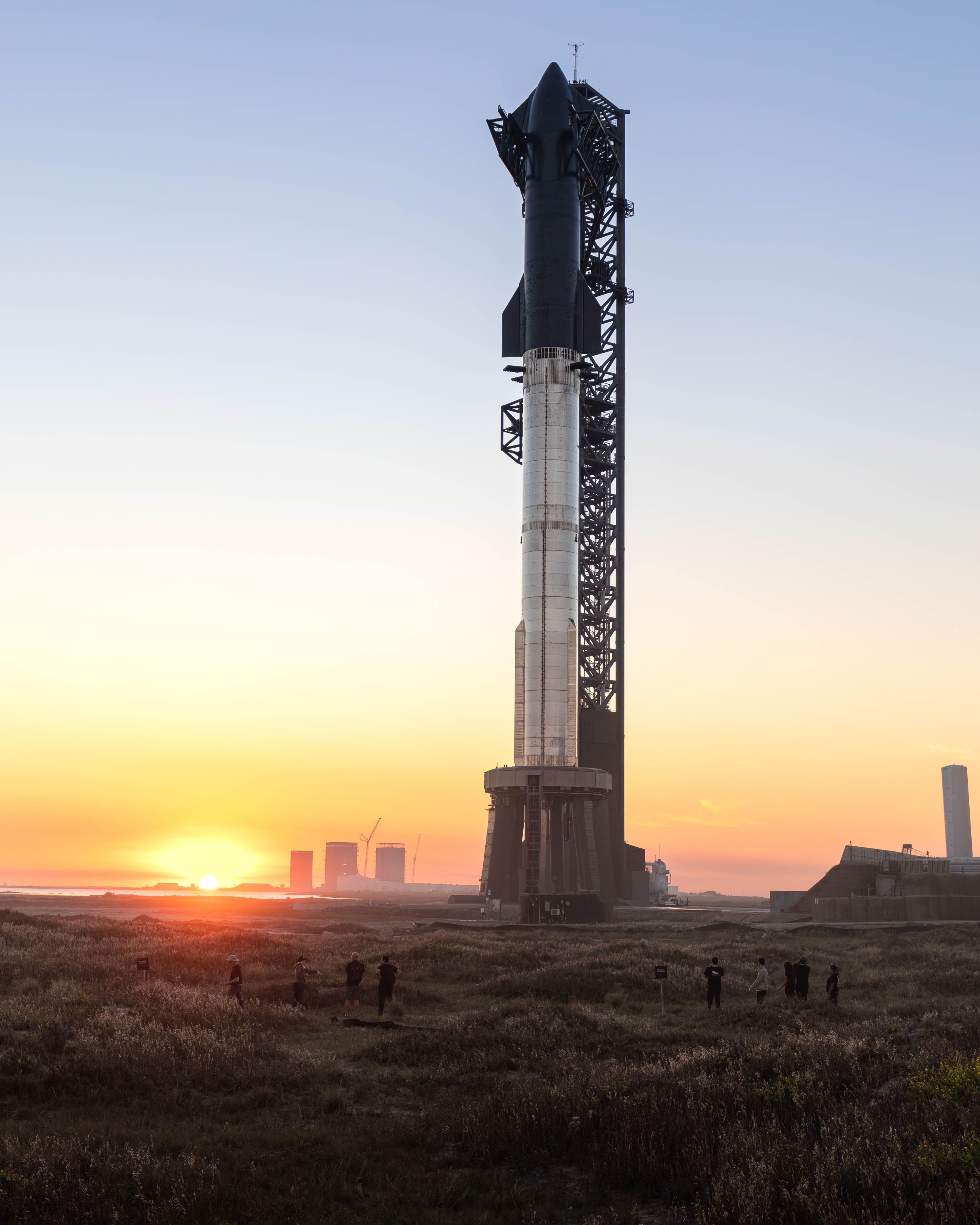
For those who are unaware, SpaceX’s Starship launch vehicle is the company’s latest creation, envisioned and built around the concept of serving as a fully reusable spacecraft capable of carrying humans to Mars and beyond. As it currently stands, Starship is currently the largest and most powerful launch vehicle the world has yet seen; it stands just under 400 feet tall and produces more than twice the thrust of the Saturn V rocket used in the Apollo program. This second flight aimed to test key aspects of the vehicle’s performance, pushing the boundaries of what had been achieved in flight one. Expectations were higher than previous but with this still being a brand new launch vehicle and a newer philosophy behind the program as a whole, failure was always an option. Having launched just after sunrise, Starship performed immaculately compared to flight one with the booster performing flawlessly during the first phase of launch and the upper stage nearly making its targeted suborbital trajectory before it suffered an anomaly and was destroyed at the very end. The teams are now fully invested in preparing flight three, now having proved many new systems on the launch vehicle as well as the necessary infrastructure.
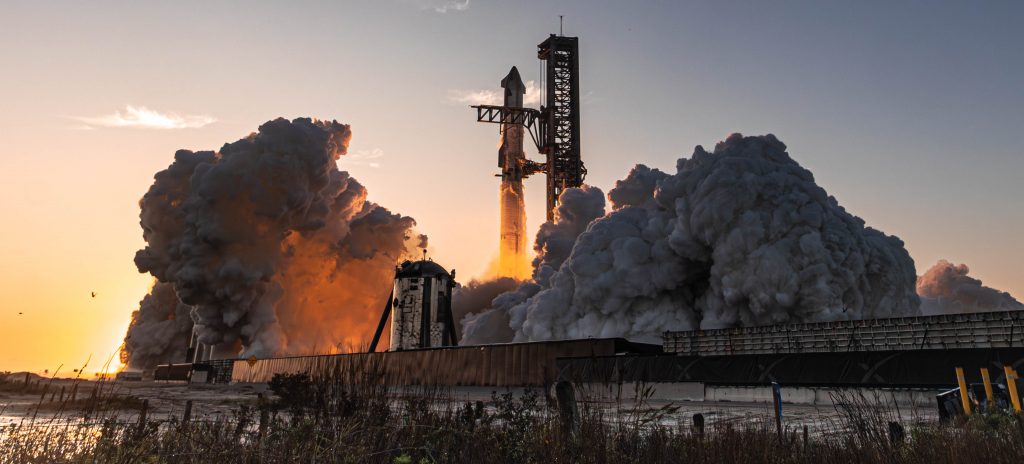
Photography as a Documentation Tool
Photography has always played a crucial role in capturing the essence of space exploration, and the second flight of Starship was no exception. In an era where visual storytelling reigns supreme, photographers equipped with state-of-the-art cameras and lenses turned their focus skyward to freeze-frame as much as possible; with a flight carrying a very real risk of failure, everyone out there wanted to be the one who grabbed the one shot, should the moment present itself. From close-ups of Starship on the launch pad to breathtaking stills of its ascent against the backdrop of an early morning sky, every click of the shutter contributed to the narrative of flight two. As a photographer for NASASpaceflight.com, on top of having access to put remote cameras variously around the launch complex, I was fortunate enough to have a well-elevated position about six miles from the pad; equipped with two cameras on my person for a duality of compositions.
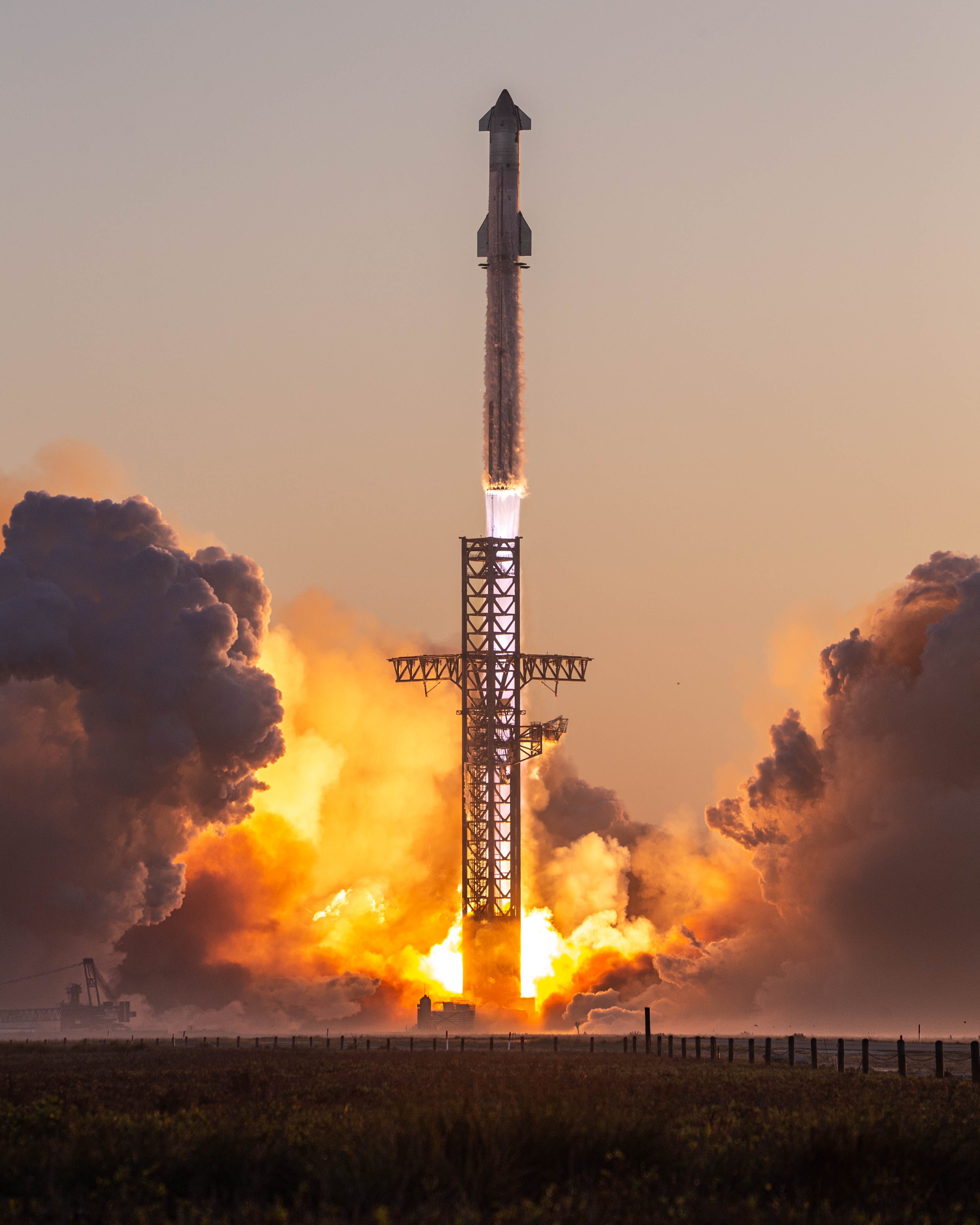
My main weapon of choice for punching in tight was the Canon EF 800mm f/5.6, courtesy of Lensrentals.com. This lens, paired with my Canon 5D Mark IV and a Canon 1.4x teleconverter, would be used to track Starship on ascent. Between its tack-sharp performance and its ability to quickly autofocus on to the smallest point of interest, it would be playing a vital role. It may be worth addressing when using a lens of this size from this distance is the complication of atmospheric distortion or aberration, particularly haze. Differing conditions in the atmosphere can severely obscure the light coming from the subject’s direction as well as remove any sharpness that would otherwise be present – it’s a common problem during hot Florida summers. Luckily on this morning in south Texas, the air was calm, cool, and clear.
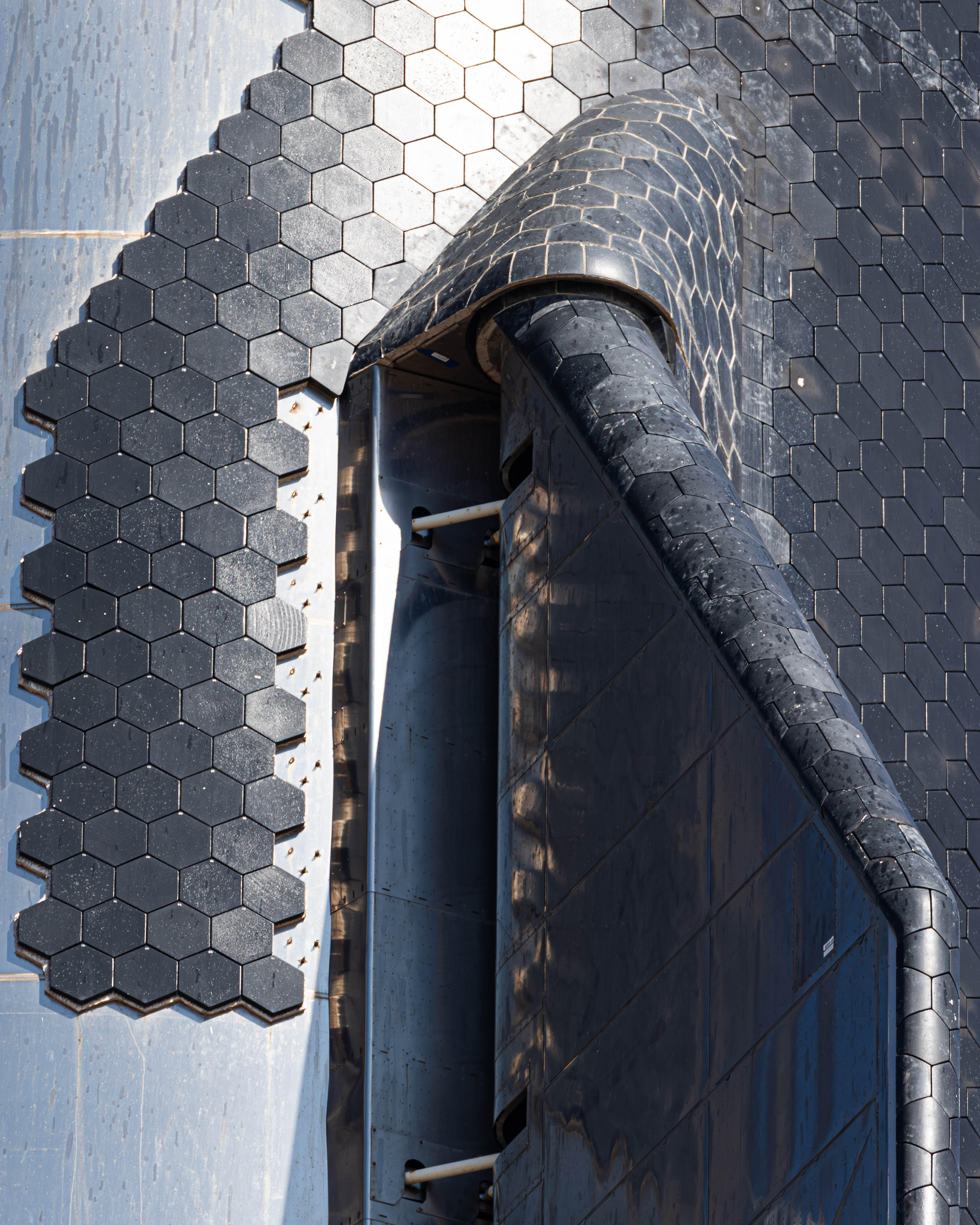
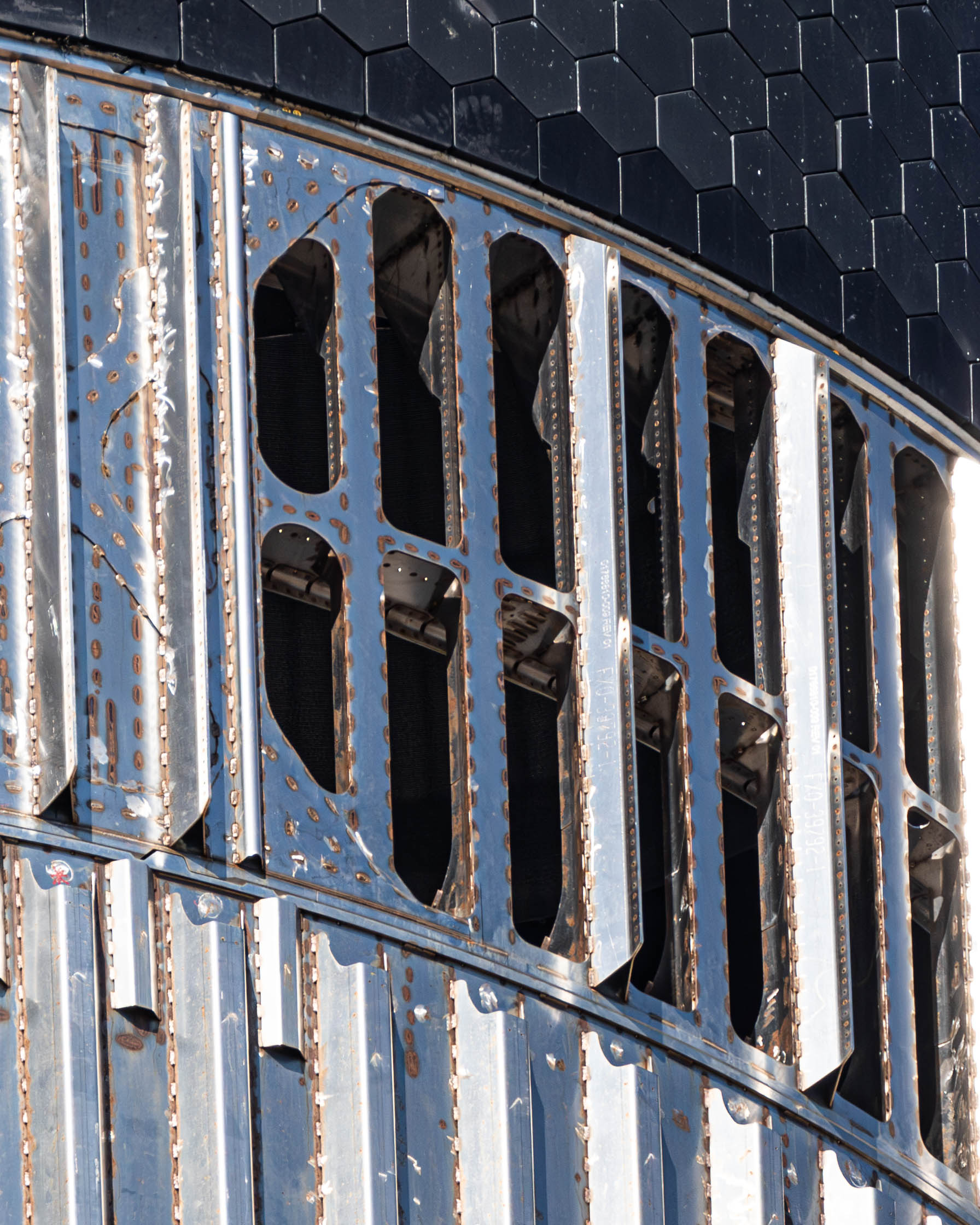
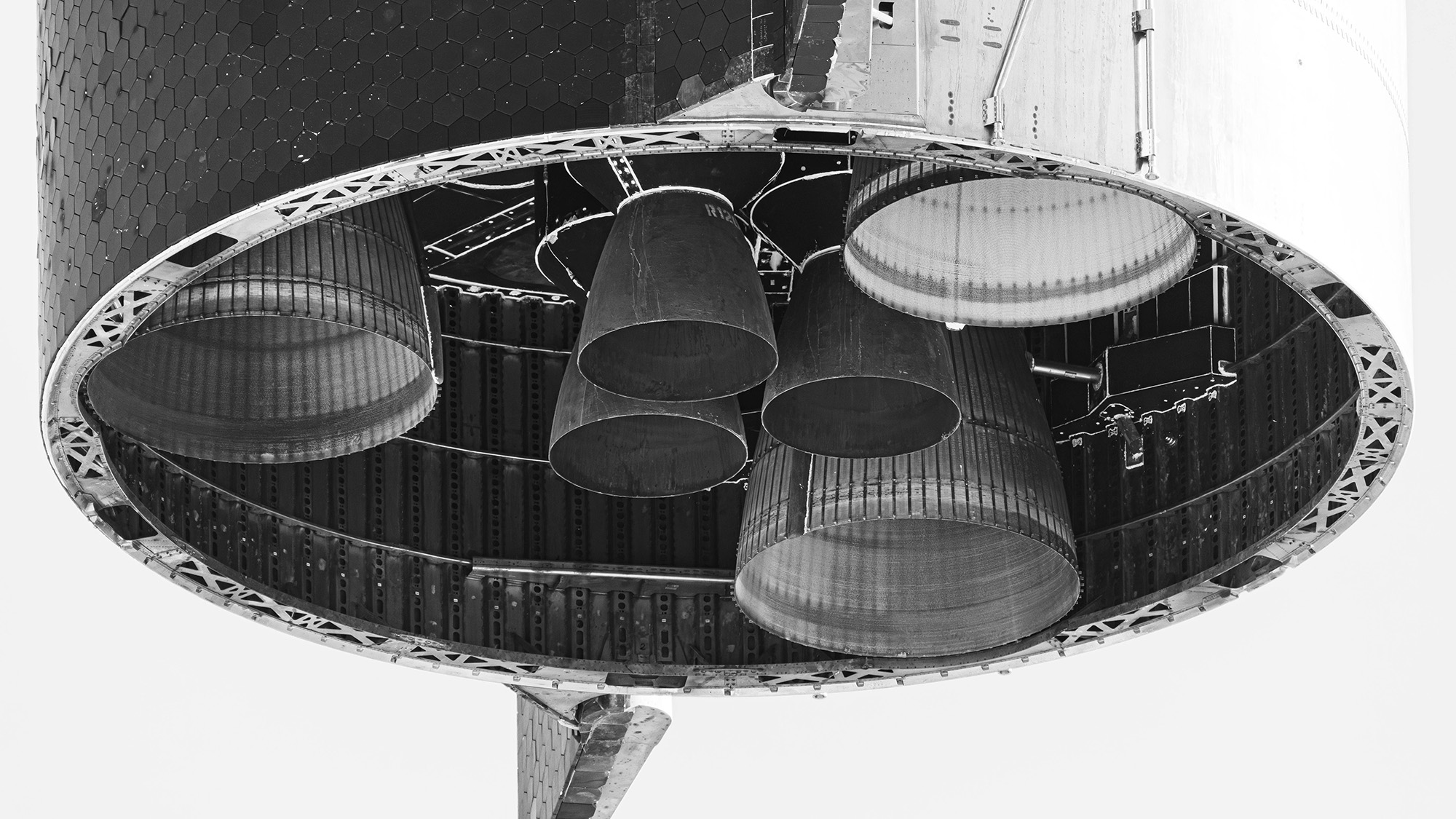
Launch Sequence Freeze-Frames
When T-0 struck, the launch itself instantly became a spectacular visual feast. As the thirty-three Raptor engines ignited and Starship lumbered upwards, a great cloud of steam and dust surrounded the entire launch complex. However, after only a few seconds, the entire vehicle had lumbered above the tower and the dust cloud to unveil a glorious plume of exhaust that glowed with a blue and purple hue. The Raptor engines run on a combination of cryogenic liquid methane and liquid oxygen which glow not much brighter than ambient light during the daytime hours. This is by contrast to SpaceX’s other launch vehicle, Falcon 9, which runs on a combination of RP-1 (kerosene) and liquid oxygen which glows nearly as bright as the sun during combustion.
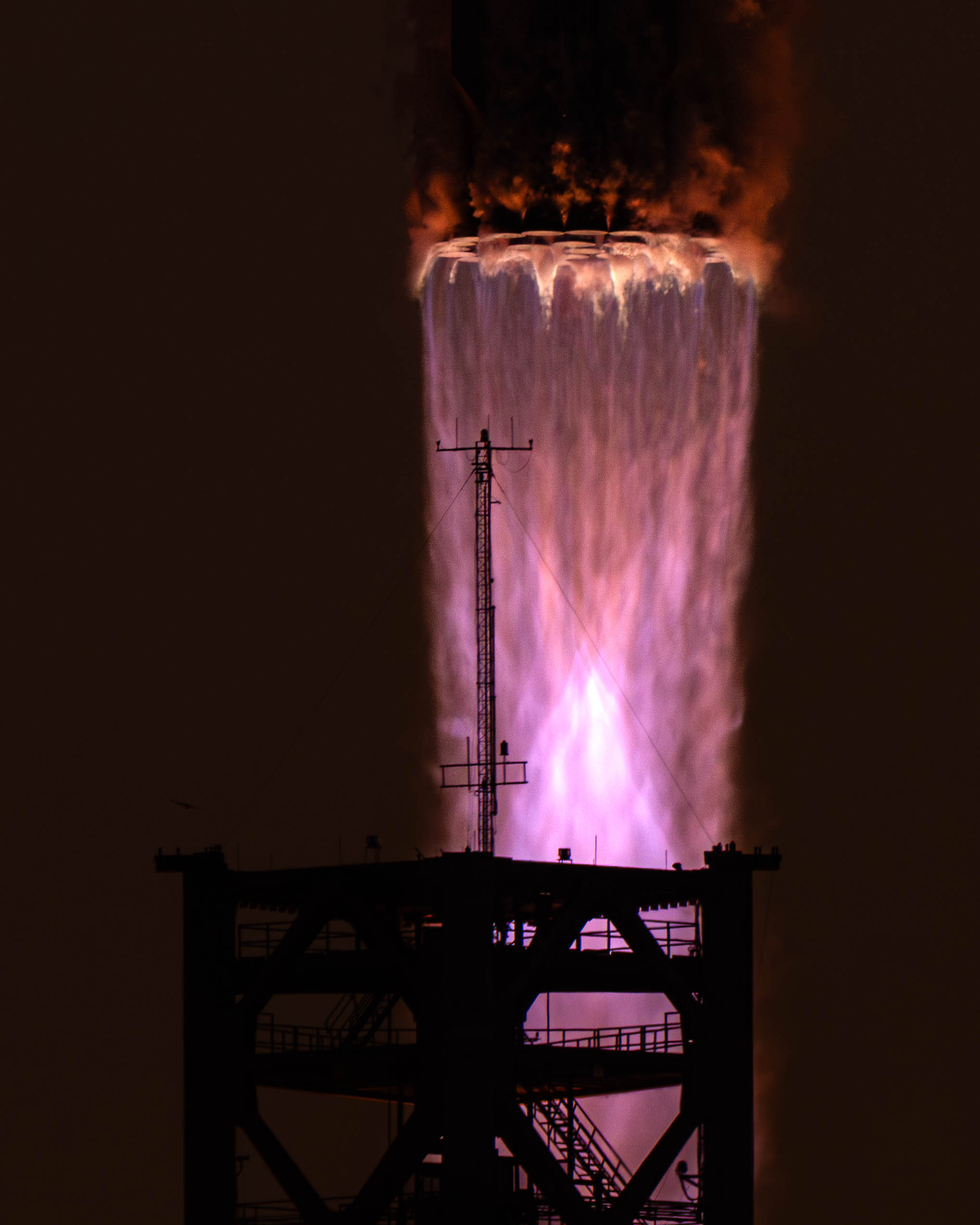
In order to grab the sharpest imagery possible, it is imperative to utilize the fastest shutter speed possible to eliminate the chances of motion blur – for a majority of my imagery, my shutter speed never dropped below 1/2000 with the aperture locked at f/8. To help compensate for the relatively low light conditions, iso was varied between values of 1000 to 500. The key here was to work with the exhaust not glowing as bright as most people are used to with Falcon 9 – there was no need to underexpose for the sake of the exhaust plume potentially blowing out the image. Metering in a situation like this can also be wildly difficult depending on the brightness of the exhaust, center-weighted averages tend to be less accurate, and spot metering can be tricky to hold at higher focal lengths so if that is something you pay close attention to, evaluative metering may yield the best results for accuracy depending on how far you set it to underexpose or not (typically for Falcon 9, I underexpose around 1 stop).
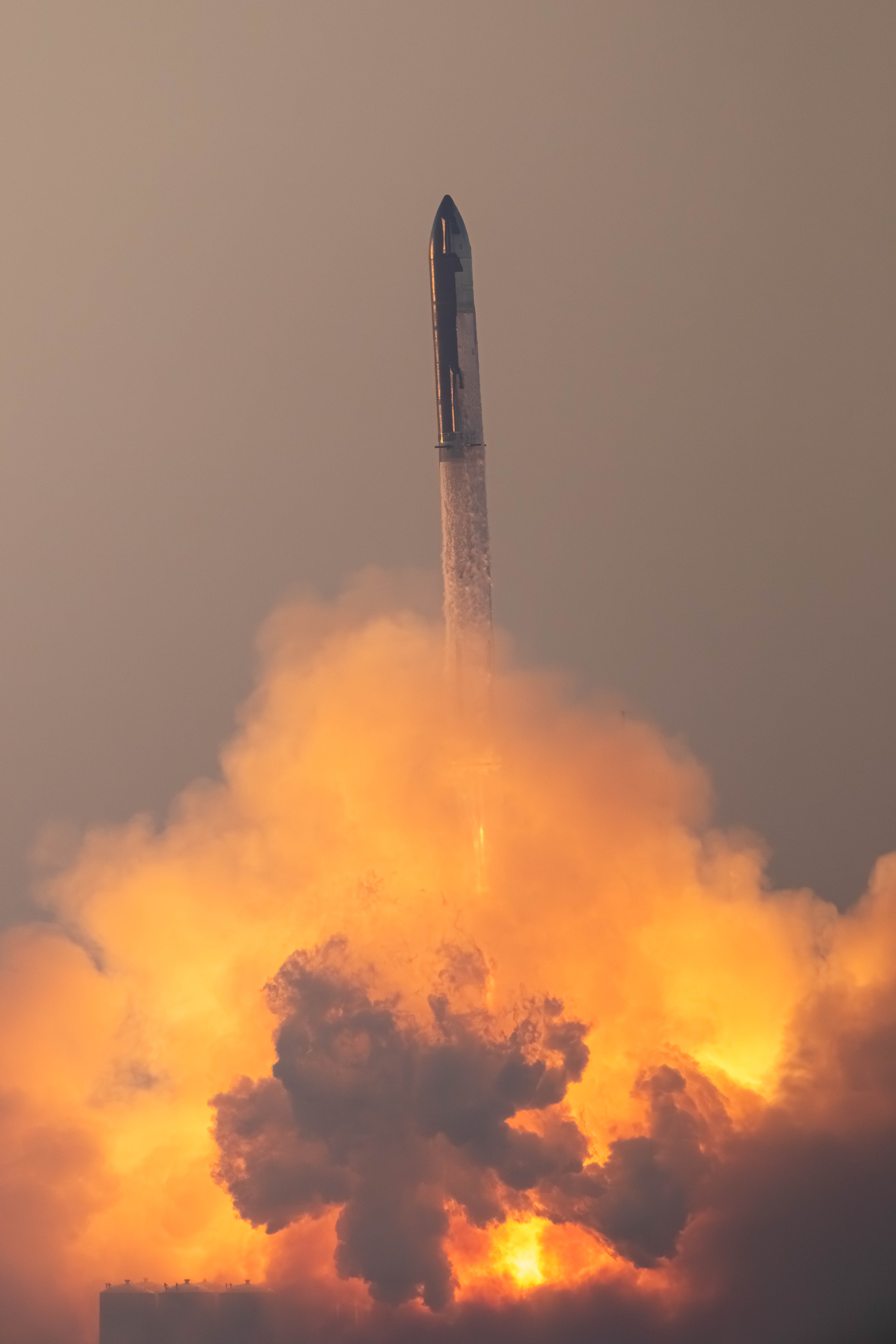
The more the camera can handle itself before moving to post-processing, the better. As Starship ascended, the camera snapping away, it became smaller and smaller in frame and the exhaust continually changed its shape, color, and behavior as the effects of lower atmospheric pressure at altitude began to show. The 800mm paired with the 1.4x converter was so vital for capturing the next few seconds of flight: as the first stage booster shut down and the vehicle performed its spectacular staging sequence, the sky lit up with all kinds of gaseous clouds and fire as the upper stage engines ignited. Not long after, the first stage booster dramatically exploded, having attempted a burn that would eventually lead it to splash down in the Gulf of Mexico. The detail and sharpness of the lens and converter during this time were unmatched by anything that is not a multi-million dollar tracking telescope. Following this event, there wasn’t a ton more for the camera itself to see. Looking back, the imagery created from that morning played a critically important role in documenting the flight. Social media platforms were flooded with images captured by space enthusiasts, amateurs, and professionals, who eagerly shared their unique perspectives – my images also made rounds to millions across social platforms.
As the Starship program continuously evolves in the coming months and years, photography remains a powerful tool for documenting and sharing the journey. From close-ups of its intricate engineering to capturing the drama of liftoff, every photograph captured during Starship’s second integrated flight test serves as a visual testament to the progress of space exploration. In the age of instant communication, these images not only inspire a sense of wonder but also fuel the collective imagination of a future where humans may venture beyond the confines of our own world.
Related Reading
- Customer Stories – Photographing the SpaceX Falcon Major Launch
- Photography Breakdown of the NASA Antares Rocket Launch
- Getting Started in Deep Space and Astrophotography
- Helping Determine the Correct Focal Length for Photography & Videography
